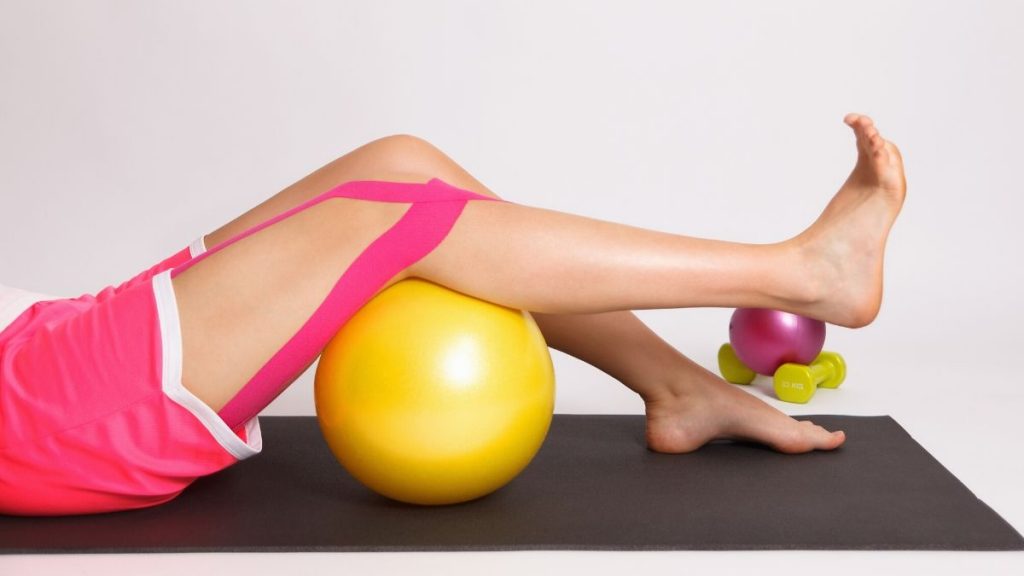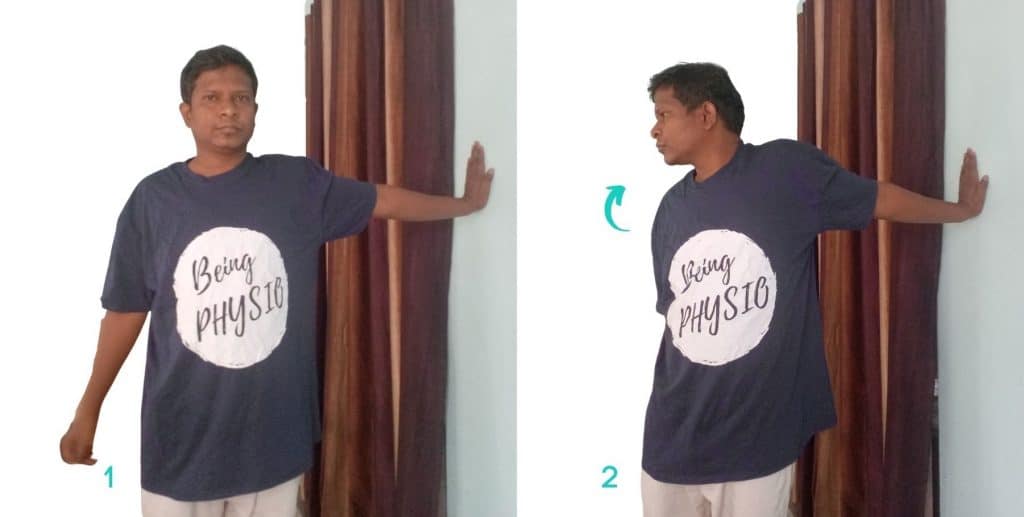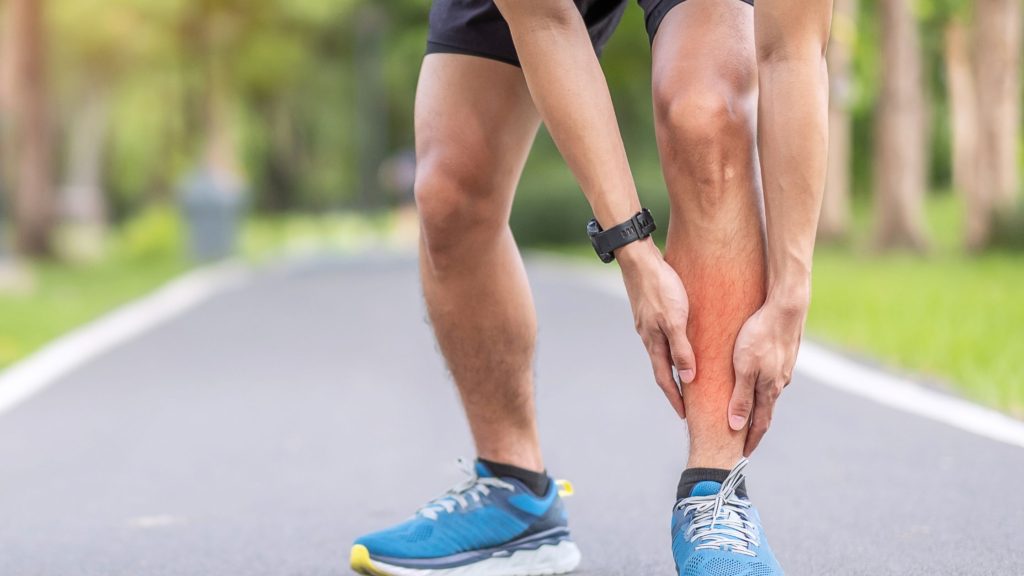
When should you use hot pack and when the cold pack? I have osteoarthritis knee, should I go for morning walk?
These are few questions that I recieved during the year 2024. I have a YouTube channel “Sunit Physiotherapist”, where I share informative health-related videos. In my videos, I get lots of comments and questions among which there are some essential questions. In this article, I’ve gathered the most common health queries you’ve asked throughout the year and am here to provide expert answers.
When Should You Use a Hot or Cold Pack for Pain?
When it comes to managing pain, whether it’s in your knees, shoulders, neck, or back, there’s often confusion about whether to use a hot pack or a cold pack. Here’s my advice:
– Shoulder Pain: Generally, doctors recommend ice packs for shoulder pain, especially if there’s inflammation. However, in colder seasons like winter, I’ve personally found that a hot pack brings more relief, as it helps to warm up the stiff muscles around the shoulder.
If you’re wondering “How do I stop my shoulder from hurting when I sleep?” it’s worth considering a hot pack just before bed.
– Inflammation in Summer: If there’s swelling or inflammation in warmer months, a cold pack or cryotherapy can help reduce it. The cold constricts blood vessels, which in turn decreases inflammation.
– Muscle Stiffness or General Pain: Choose a hot pack, especially in colder weather, to loosen up your muscles, increase blood flow, and alleviate pain in areas like the knees, neck, or lower back.
Remember, the situation dictates your choice, so listen to your body and use the appropriate pack for the best pain relief.
Bonus: Do you know that alternate hot and cold baths can be extremely beneficial for hand and foot swelling? But you should know the proper method of contrast bath for hand and foot swelling.
Can Elderly People with Knee Osteoarthritis Go for Morning Walks?
For those with knee osteoarthritis, activities like walking can be beneficial in addition to specific knee pain exercises. Here’s what you should know:
– Use a Knee Cap: If you experience pain or discomfort while walking, a good quality knee brace or kneecap can offer support. This will not only help with stability but also reduce pain by evenly distributing weight around the knee.
– Keep Moving: Don’t stop completely, as it can lead to muscle weakening. Walk with support to maintain muscle strength and joint mobility.
Walking with Lower Back Pain
– Mild Pain: If your back pain is mild, walking can actually be therapeutic. It promotes flexibility and strength. Consider using a lumbar support belt for extra stability. If you have symptoms of sciatica you should also avoid certain exercises in sciatica that need you to bend at lower back.
– Severe Pain: Avoid walking if the pain is extremely severe to prevent exacerbating the condition.
Can I Walk with Sciatica?
Yes, but with caution. If the pain is unbearable, especially if it leads to bed rest, walking might not be advisable. For mild to moderate pain, walking with a lumbar belt can help.
How much time does sciatica take to recover?
Another common query I receive related to sciatica is how much time or days it takes to recover from sciatica.
There is no straight answer. Recovery time depends on the stage of the disc herniation and its severity. Here are rough estimates:
– Grade 1: 2 to 3 weeks with proper exercise and physiotherapy.
– Grade 2 to 3: This can take up to 2 months, depending on the patient’s response to treatment.
Keep in mind, listen to your body and don’t push through intense pain. Exercises to manage vertigo and wrist pain, as well as details about managing back pain with belts, will be linked in the descriptions below for a comprehensive guide.
In addressing these common health queries, we cover not just the solutions but also the reasoning behind them, empowering you to make informed decisions about your health.
Remember, regular consultation with health professionals for your specific conditions is always recommended.
Keep Smiling, Keep Physio-ing!
Keep Reading: 4 Easy stretching exercises for sciatica for instant pain relief
The author is a physiotherapist who has been practising for the last 17 years. He owns a successful physiotherapy clinic named "Physiofirst" in Rourkela, Odisha, India.
He holds a Bachelor's in Physiotherapy (BPT) from SVNIRTAR (Swami Vivekananda National Institute of Rehabilitation and Research), one of the prestigious physiotherapy schools in India.
Taking every pain and disability case as a challenge is his motto. Whatever he learns dealing with his patient, he shares it with the world through blogs and e-books.
He also owns a blog, www.physiosunit.com and a YouTube channel, "Sunit Physiotherapist" with over 8 lakh active subscribers. Here, he shares everything he gets to learn serving the patient. His knowledge and invaluable experience in the field are proving beneficial to many.
Email him: sunitekka@gmail.com
Phone: +91-9178817004
Join him: www.facebook.com/physiocapsule





